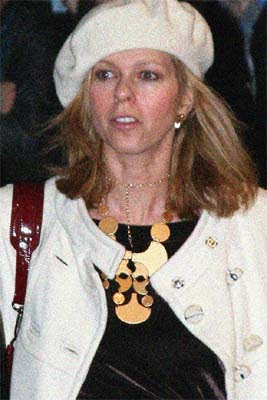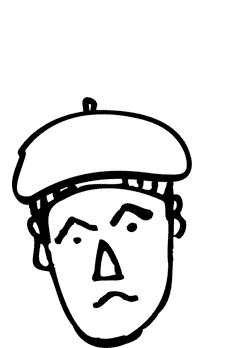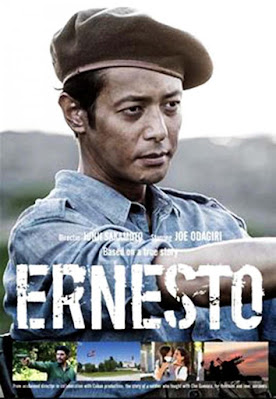Wolf Howard (1968) is an English artist, poet and filmmaker from Rochester, UK and was a founder member of the Stuckists art group.

Howard was one of the 13 original founder members of the Stuckists, a pro-figurative painting, anti-conceptual art group, co-founded by Childish and Charles Thomson in 1999.

He is also a drummer who has played in garage and punk bands, currently as a member of The Musicians of the British Empire (MBE's) with Billy Childish.
Howard has played drums in many bands. The most important in chronological order are The Daggermen, The James Taylor Quartet, The Prime Movers, The Solarflares, Dodsons Dogs and The Buff Medways. His drumming has been described as "louder than a self-propelled Howitzer."
Wolf Howard is also a member of the Stuckism Photography group and takes pinhole photographs. He uses a light-proof wooden box 4" square with a fixed-size pinhole in the front. Photographic paper is placed at the back of the box. There is no lens and no viewfinder, so he estimates the aim of the camera. A wooden slider allows light into the box for an exposure which is between 40 seconds and 5 minutes. The camera is placed inside a light-proof bag to replace the photographic paper.
 |
| Self portrait with pinhole camera |
He develops a negative print (in his bathroom) and makes the final positive print by placing another sheet of photographic paper under the negative with a 5-second exposure under a light bulb. The whole process requires estimation throughout and he "faces many disappointments in his darkroom. The hard work will eventually pay off."
 |
| Pinhole photograph of Billy Childish by Wolf Howard |



















































